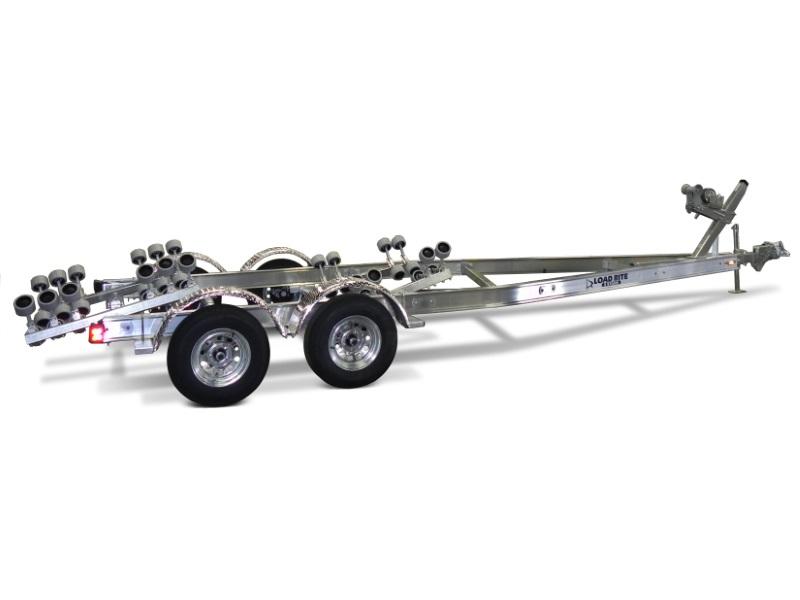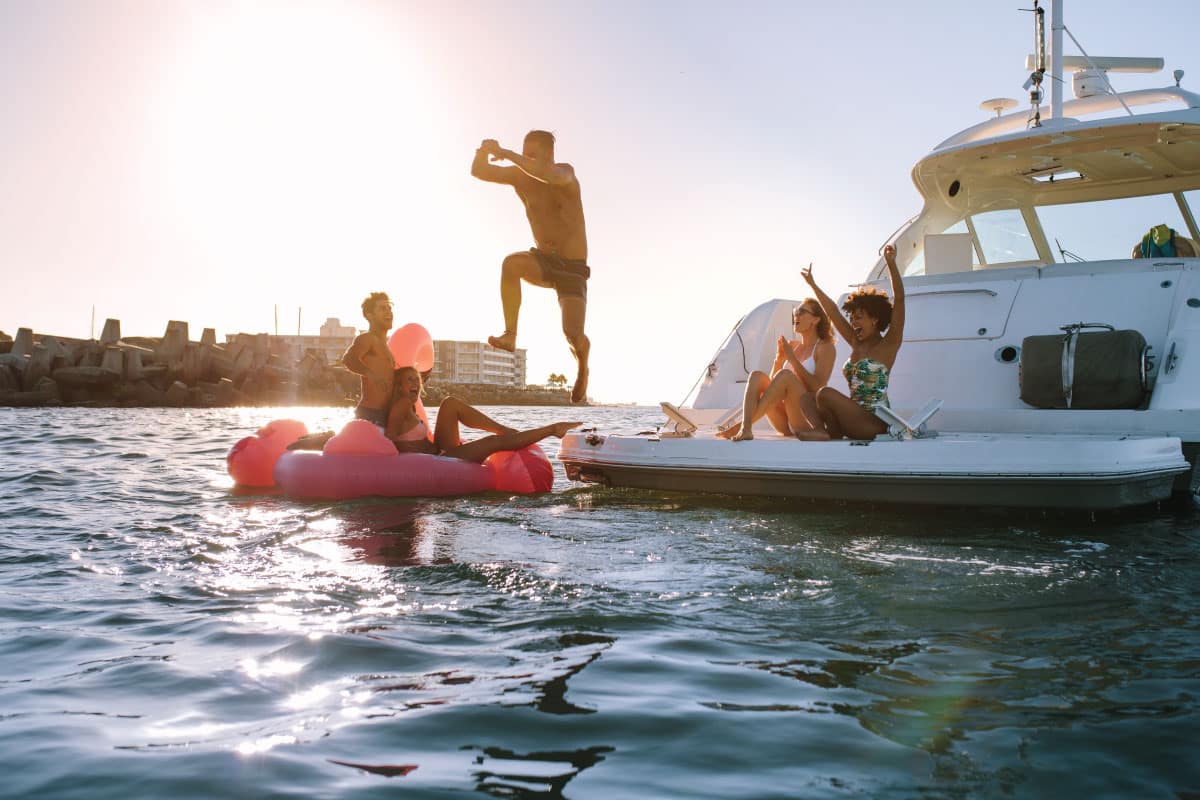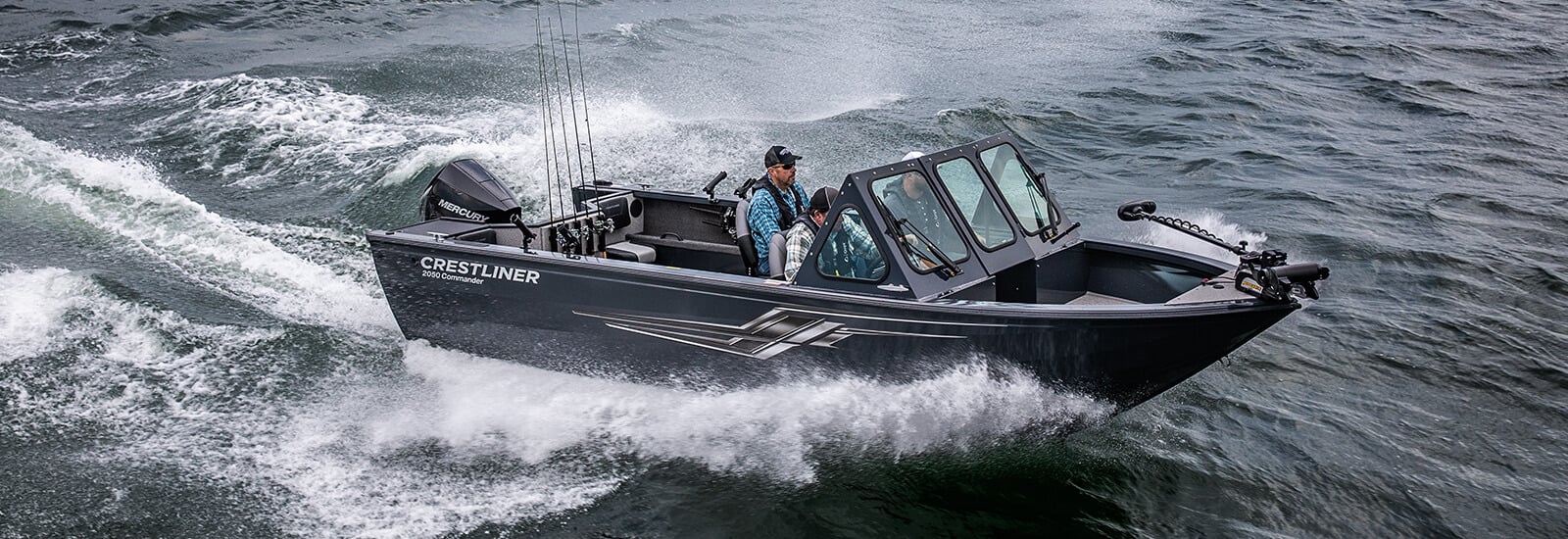What should the operators of two powered vessels do that approach each other in a head on situation? A quick guide to avoiding collisions at sea
Boating is fun, but it can get tricky when you come face-to-face with another boat. Let's talk about what to do when two power-driven vessels meet head-on. It's not as scary as it sounds!

When two powered boats approach each other head-on, both should turn to starboard (right) and pass port-to-port (left side to left side). This simple rule helps avoid collisions and keeps everyone safe on the water. It's like driving a car - you stay in your lane and pass others on the left.
Boat operators need to stay alert and act fast. As soon as they see another boat coming straight at them, they should start to turn right. This gives both boats plenty of room to pass safely. By following these easy steps, boaters can enjoy their time on the water without any scary close calls.
Understanding the Basics
Knowing what to do when two powered vessels approach head-on is key to safe boating. This section covers how to spot these situations and what types of boats are involved.
Defining a Head-On Situation
A head-on situation happens when two powered boats are coming straight at each other. It's when both vessels are on the same or nearly the same course, but going in opposite directions. This can be tricky to spot at first.
Boaters need to watch for other vessels coming from the front. If you can see both sidelights of another boat, it's likely a head-on approach. This is when you need to act fast.
Head-on meetings can happen with any type of powered vessel. This includes big ships, small boats, and even jet skis.

Types of Vessels Involved
Power-driven vessels include a wide range of boats. Here's a quick list:
- Motorboats
- Sailboats using engines
- Personal watercraft (PWC) like jet skis
- Large ships
Each type moves differently on the water. Big ships can't change course quickly. PWCs are very nimble.
Knowing the vessel type helps predict how it might move. This is crucial for avoiding crashes. All powered vessels must follow the same rules when meeting head-on.
Rules of the Water
Boat operators need to follow specific guidelines when approaching other vessels head-on. These rules help prevent collisions and keep everyone safe on the water.
Rule 14: Head-On Encounter
When two powered boats are heading straight toward each other, they must take action to avoid a crash. Both boats should turn to starboard (right) so they pass each other on their port (left) sides. This is called a port-to-port passing.
If there's a risk of collision, both boats become "give-way" vessels. This means they both have to change course. Neither boat has the right of way in this situation.
Operators should keep a close eye out for other boats coming their way. They need to act early to stay safe.
Passing Arrangements
Boats can use sound signals to tell each other how they plan to pass. One short blast means "I want to pass you on my port side." Two short blasts mean "I want to pass you on my starboard side."
The most common way to pass is port-to-port. One boat will sound one short blast to say they're going to pass this way. The other boat should reply with one blast to agree.
If the boats are on nearly reciprocal courses, they should still follow these rules. It's always better to be safe than sorry when boats are heading toward each other.
Navigational Strategies
When two powered vessels approach each other head-on, quick thinking and smart moves are key. Boat operators need to act fast and use the right tactics to avoid a crash.
Adjusting Speed and Course
When boats come at each other head-on, both need to turn right. This lets them pass safely on each other's left side. Slowing down is also smart. It gives more time to react if something unexpected happens.
Operators should keep a close eye on the other boat. If it's not turning, they might need to stop completely. In some cases, one boat might need to back up.
The rules say both boats should alter course to starboard (right). But if there's not enough room, they can agree to pass port-to-port instead.
Anticipating Movements
Reading the other boat's intentions is crucial. Operators should watch for signals like horn blasts. Two short blasts mean the other boat wants to pass on the right side.
They should also look at the boat's direction and speed. Is it slowing down? Turning? These clues help predict what it'll do next.
If there's any doubt about what the other boat will do, it's best to slow down or stop. Better safe than sorry! Operators should always be ready to take quick action if needed.
Communication on the Water
Clear communication is key when two powered vessels meet head-on. Boaters use sound and visual cues to signal their intentions and avoid collisions.
Using Sound Signals
When two boats approach each other head-on, sound signals play a big role. A short blast from one vessel means "I plan to pass you on my port side." This is the most common signal in a head-on meeting.
If there's any doubt about what to do, boats can use two short blasts. This means "I plan to pass you on my starboard side." It's important to listen for these signals and respond correctly.
Remember, one short blast is the usual choice. Only use two blasts if you really need to pass on the right.
Visual Indicators
Boats also use lights to communicate at night. Masthead lights and sidelights help other boaters see which way a vessel is heading.
When you see both red and green sidelights, it means you're in a head-on situation. This is called the "corresponding aspect." It's a clear sign that you need to change course.
During the day, watch the other boat's movements. If it seems to be staying in the same spot on the horizon, you're likely heading straight for each other. Time to take action!
Dealing with Exceptions
Not all head-on situations are straightforward. Sometimes boats need to handle tricky scenarios that don't fit the usual rules. Let's look at two common exceptions.
Overtaking Scenarios
Overtaking can get messy in narrow channels. If a faster boat wants to pass, it should signal with two short horn blasts. The slower boat then replies with two blasts if it's safe to overtake.
The overtaking boat must stay clear and pass at a safe distance. It shouldn't cut in front too quickly after passing.
In tight spots, the overtaken boat might need to slow down or move over to make room. Good communication between captains is key to avoid accidents.
Uncertain Situations
Sometimes it's hard to tell if boats are truly head-on. If there's any doubt, play it safe and treat it like a head-on meeting.
If you're unsure what the other boat plans to do, use your horn. One short blast means "I'm turning right." Two short blasts mean "I'm turning left."
Wait for the other boat to respond before making big moves. If you still can't figure out their intentions, slow down or stop if you can do it safely.
In foggy weather or at night, use extra caution. Rely on radar and listen for fog signals from other boats to avoid collisions.
Learning from Experience
Boat operators can gain valuable insights from past incidents and ongoing education. These lessons help improve safety and decision-making on the water.
Studying Past Incidents
Looking at what went wrong in previous boat collisions teaches us a lot. Operators can learn from mistakes others have made. They study accident reports to see what caused crashes.
This helps them spot risky situations faster. It also shows them how to react better when boats get too close.
Many accidents happen because operators didn't follow the rules. By knowing these stories, boaters can avoid repeating those errors.
Continuous Education
Boat safety isn't a one-time thing. It's important to keep learning new skills and rules.
Many places offer boating classes. These teach the latest safety tips and laws. Operators can practice with simulations to get better at handling tricky situations.
Some courses focus on what to do when boats meet head-on. They teach the right signals to use and how to steer safely.
Staying up-to-date helps boaters make smart choices on the water. It can mean the difference between a close call and a crash.
Frequently Asked Questions
Boat operators need to follow specific rules and take proper actions when approaching other vessels head-on. Safety is key in these situations, and knowing the right steps can prevent accidents on the water.
What steps should be taken when two boats meet head-on?
When two boats meet head-on, both should alter their course to starboard (right). This allows each vessel to pass on the port (left) side of the other. It's a simple rule that helps avoid confusion and collisions.
Operators should also keep a close eye on the other boat. They need to make sure the other vessel is following the same rule.
What are the rules of navigation for two vessels heading toward each other?
The main rule is to steer to the right. This applies to all powered vessels in a head-on situation.
One vessel should signal with one short blast of their horn. This tells the other boat they plan to pass on the port side.
How should you maneuver your boat during an encounter with another vessel?
Boat operators should make a clear and obvious turn to starboard. Small changes might not be visible to the other boat.
They should also slow down if needed. This gives both boats more time to react and avoid each other safely.
What actions are required from each operator in a head-to-head boating situation?
Both operators need to be alert and watch the other vessel carefully. They should both turn to starboard and maintain a safe speed.
If one boat signals with a horn blast, the other should respond with the same signal. This confirms they both understand the plan.
What should you avoid doing when directly approaching another powered vessel?
Don't panic or make sudden moves. Avoid turning to port (left), as this goes against the rules and can cause confusion.
Don't speed up to try to pass in front of the other boat. This increases the risk of a collision.
What's the protocol for two ships on a collision course to prevent an accident?
Ships should follow the "port-to-port" passing rule. Both vessels turn to starboard, allowing them to pass each other on their port sides.
They should use proper sound signals to communicate their intentions. If needed, they can also use radio communication to clarify their plans.
Charlie is Editor-in-Chief of Sea Magazine







